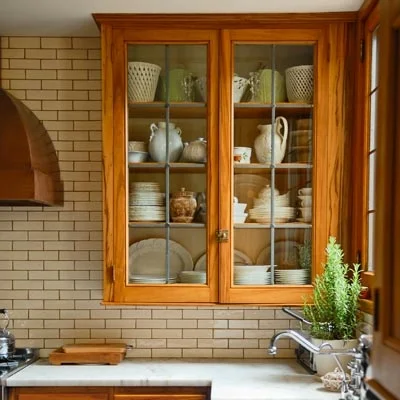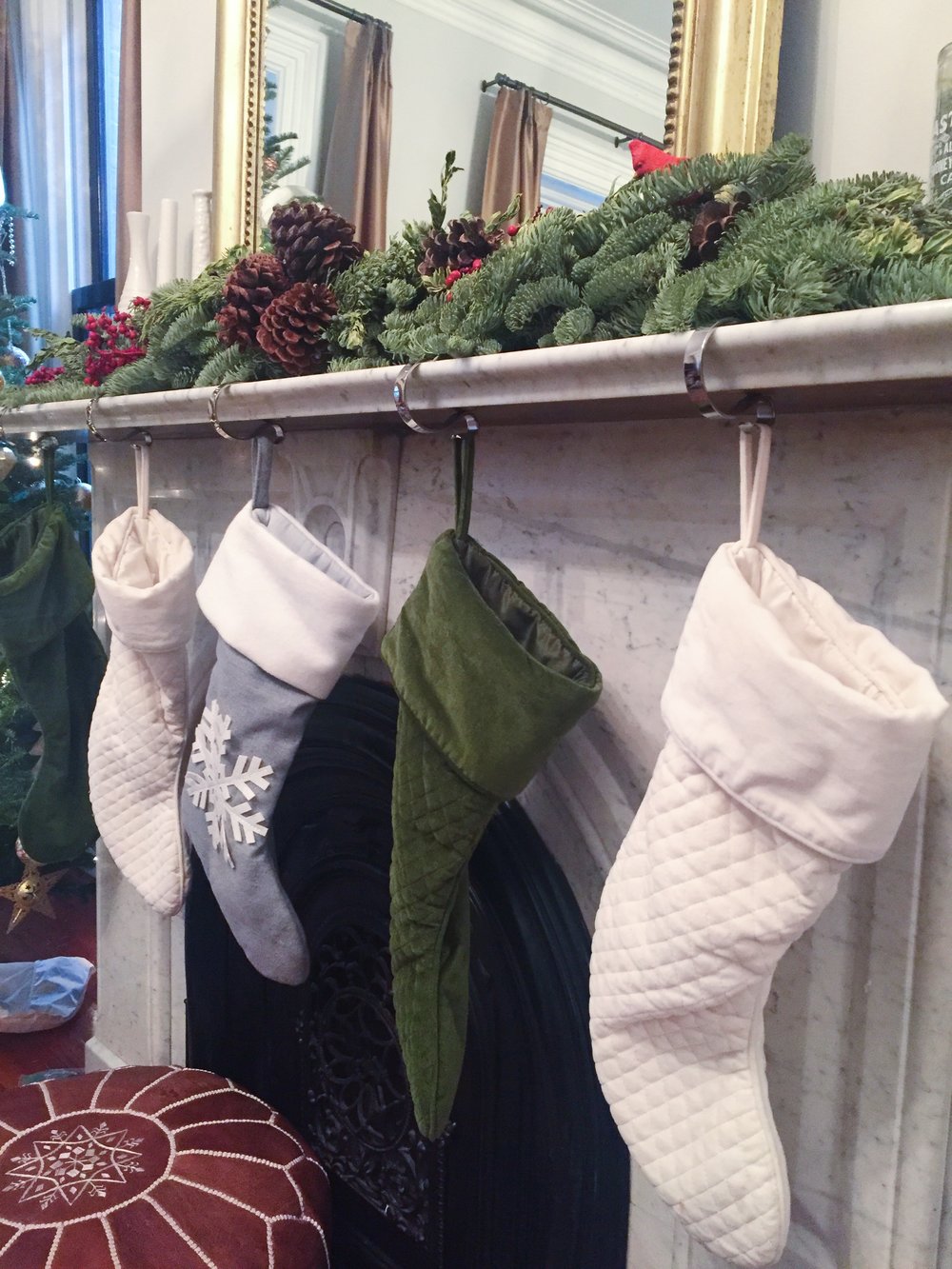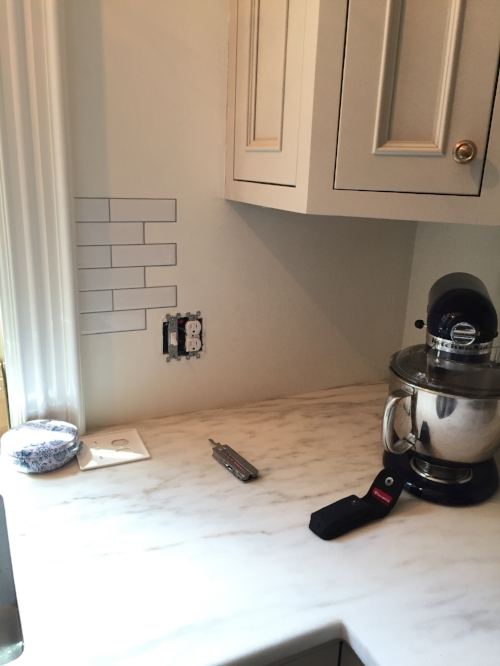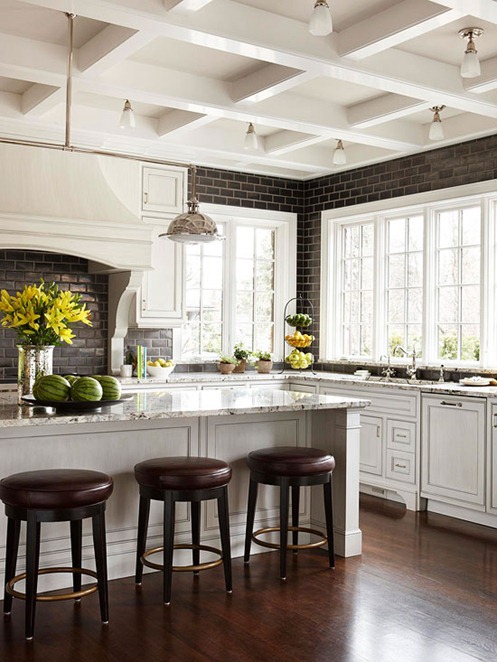I’m not what you'd call a “crafty” gal. Sure, I can sew pillows (passably), add a bit of trim to a table cover (with imperfections), and I do own a glue gun. But painting, scrapbooking, pottery, even papier-mache... not in my repertoire.
One thing I’m never afraid to try, however, is DIY wall art—mostly because store-bought wall art is painfully expensive, and I’m not the type to stare at blank walls while I save up for a legit painting by a legit artist. I have DIYed some trendy brushstroke art to fill out a gallery wall in my family room...
I recruited my daughter to DIY some abstracts for my parlor…
...and I framed some of her abstract watercolors to hang above my bedside desk.
This past weekend, though, I decided to go big. We have this wall of framed family photos in our hallway, see, and while I love each of the pics individually, to my eye the full gallery was just missing some oomph. But what could I put in its place?
Meh.
The answer came to me last week. While browsing Etsy for a set of vintage prints that might work, I came across this trio of inkblots:
Bingo. Mark my words when I say inkblots could be the next brushstroke art. There’s just something so funky, handmade, and appealing about them. And they’re so easy to DIY.
I got to work. After the kids went to bed on Thursday, I assembled my supplies: One bottle of Crayola black tempera paint and one stack of thick paint-and-marker paper. I folded the paper in half, gave it a random spattering of paint, folded and pressed the paper together, and voila: a piece of one-of-a-kind art.
Dave was skeptical of the whole endeavor, but even he had to get in on the action once he saw how much fun I was having.
The first few came out pretty sloppy due to an excess of paint; it all sort of blobbed together and the first three inkblots looked basically the same. Once I transferred the tempera to a finer-tipped squeeze bottle and learned to spatter just a small drizzle of paint on just one side of the creased paper, we were in business.
Once I had nine inkblots I was happy with, I arranged them all in a balanced grid and left them on the dining table to dry overnight.
In the morning I popped them into the frames. Here’s the finished look. We’re calling the one in the middle Gene Simmons, because duh.
I’m loving the look. Of course, now I need to find a new home for the family photos, as I fear my decor habits might eventually traumatize my kids. (“Doc, when I was five, my mom took down my picture and replaced it with a RORSCHACH TEST. Isn’t that messed up?”) Psychological references aside, however, what do you think?



































































